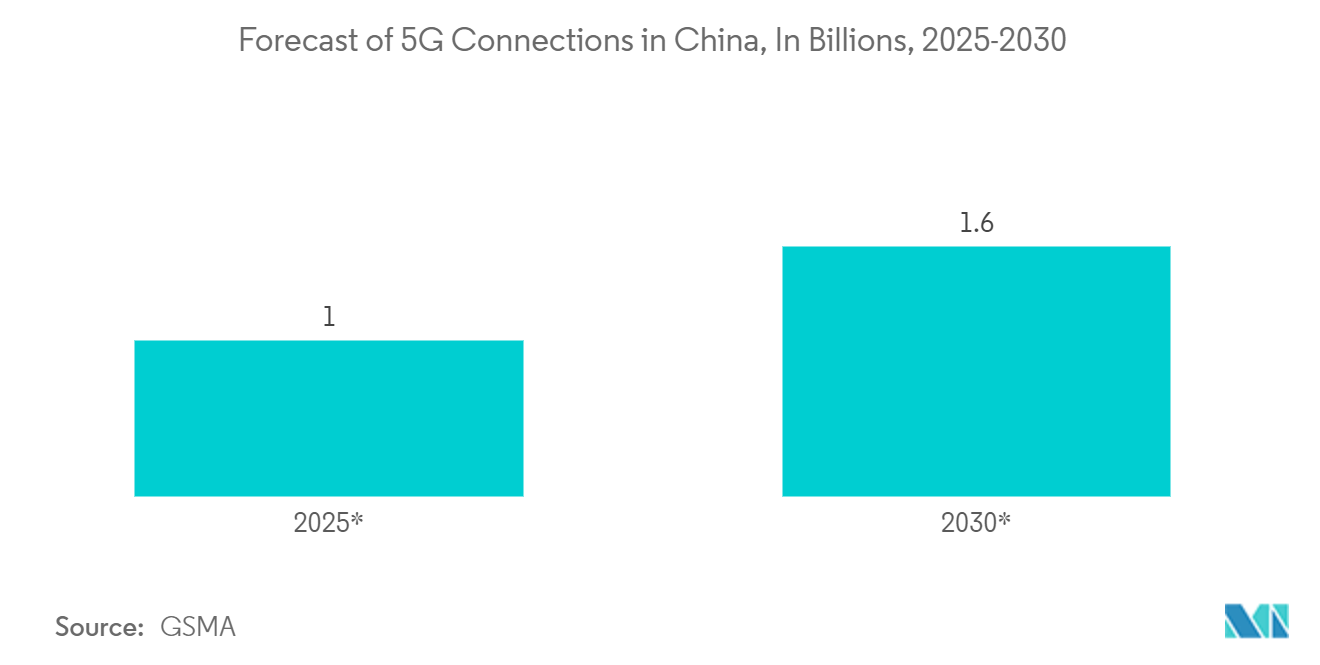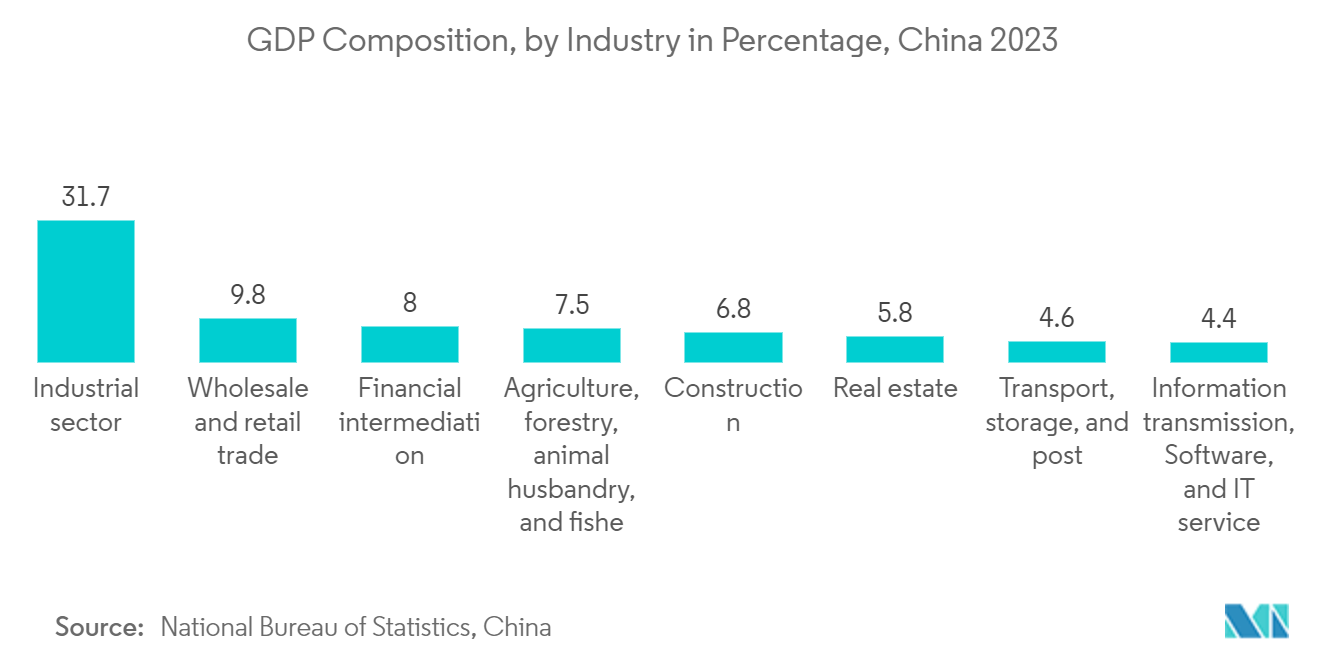Market Trends of China Geospatial Analytics Industry
5G to boost the market growth during the forecast period
- Cities and communities have already been helped to develop their smartness through location data. It is an appropriate step to use such existing data to implement 5G, as GIS companies provide telecom operators with both old and new data. In addition to the physical details of urban and landscape, Geospatial Analysis can provide insight into the people, climate, or vegetation in them.
- This information has given a clear understanding of the factors that may hinder signal reliability to radio engineers and network designers. The security of the 5G network is enhanced by looking at things such as pedestrian movements, construction schedules, season plant growth, and even risks linked to natural disasters.
- Moreover, China is one of the largest investors in 5G technology, even leaving behind the United States; hence, one of the significant markets for Geospatial Analytics. The growing effort by the Chinese government, telecom operators, and vendors to deploy 5G as quickly as possible is bringing more investment into the market studied.
- According to the Ministry of Industry and Information Technology China, At the end of 2022, the number of 5G base stations in China amounted to 2.31 million. With extensive infrastructure investments and ambitious rollout plans, China has achieved significant 5G coverage. According to forecasts, the number of base stations was projected to reach over six million by 2024. Further, according to the Ministry of Internal Affairs and Communications (Japan), More than 45 million 5G subscriptions were counted in Japan as of 2022. The domestic rollout of 5G networks by Japan's major mobile carriers NTT Docomo, KDDI, SoftBank, and Rakuten Mobile started in 2020 with an initial focus on urban areas. The Japanese government plans to reach a coverage of 95% of the population by March 2024.

Real Estate and Construction is analyzed to hold a significant share in the market
- NBS stated China's investment in property expansion declined 5.7% year-on-year to 1.37 trillion yuan in the first two months of 2023, with funding in residential buildings falling 4.6% from a year ago to about 1.03 trillion yuan. The director of the Shanghai-based E-house China Research and Development Institute stated that The real estate investment data indicated the investment rate is growing after the year-on-year drop of 10% seen last year, leading the overall sector is rebounding.
- The growing real estate sector in the country is a significant market driver for the nation. The players in the country are updating their solutions to meet this increasing demand. For instance, A version of GeoQ Data business property data for the period 2023 Q1 has been officially launched, which will cover 34,800+ projects from across the country and includes at least thirty new companies that have come to market during this first quarter. The main gathering points for urban business activities are still commercial projects in various cities, such as shopping malls, retail blocks, professional markets, etc. There is also very clearly a return to the popularity of various business projects this year.
- In addition, the concept of "smart cities" has also gained much attention from governments and businesses worldwide as technological advances have occurred over the past decade. Through digital and infrastructure development, China has emerged as a leader in the race to upgrade cities. In China, an increasing trend of adopting a smart transportation system integrated with shared mobility has also occurred over the last few years.


